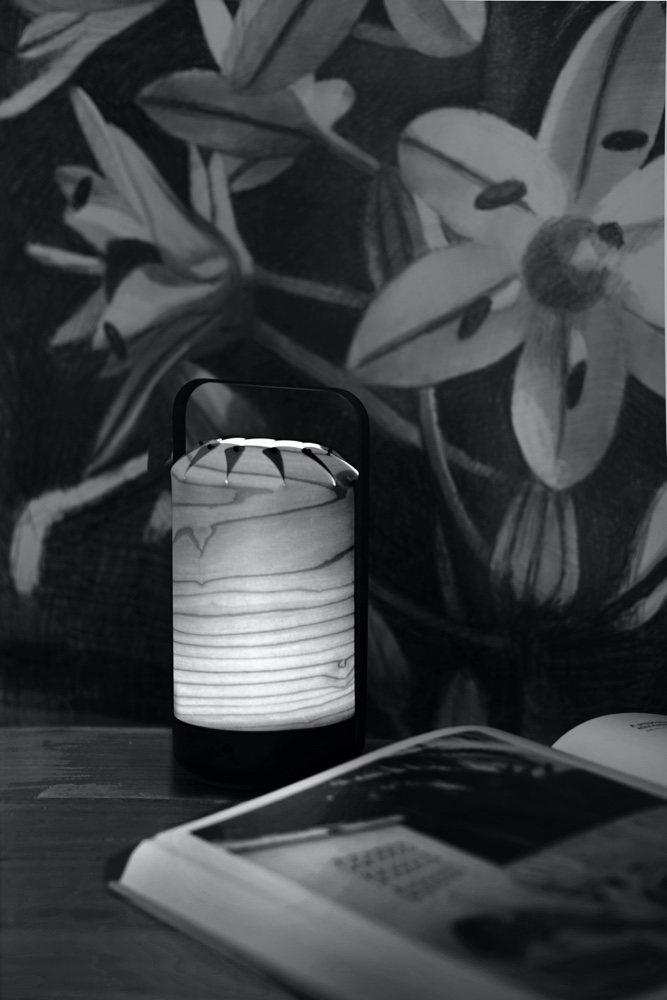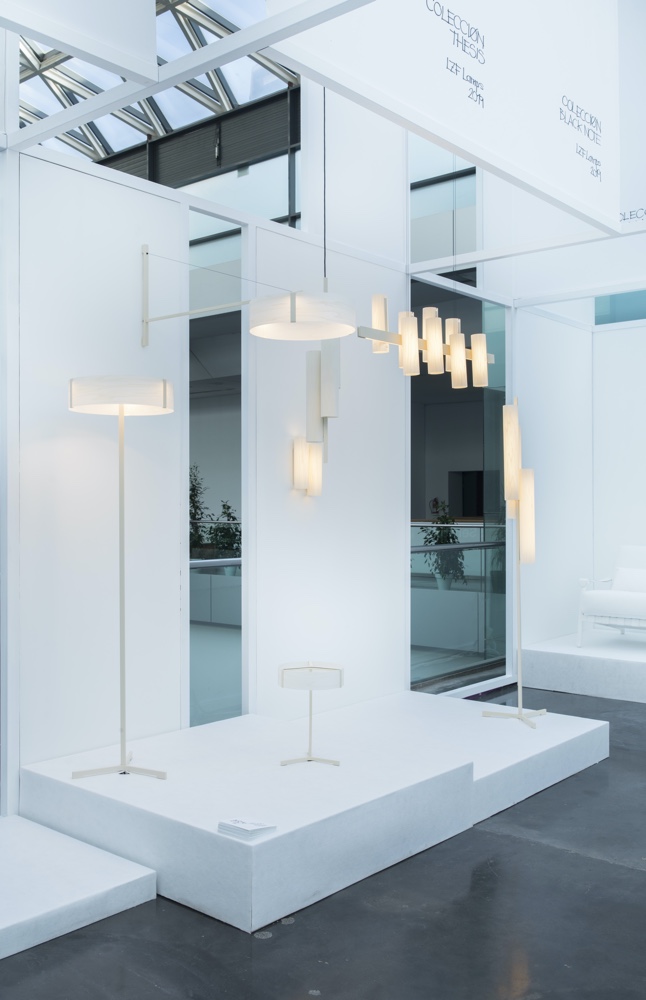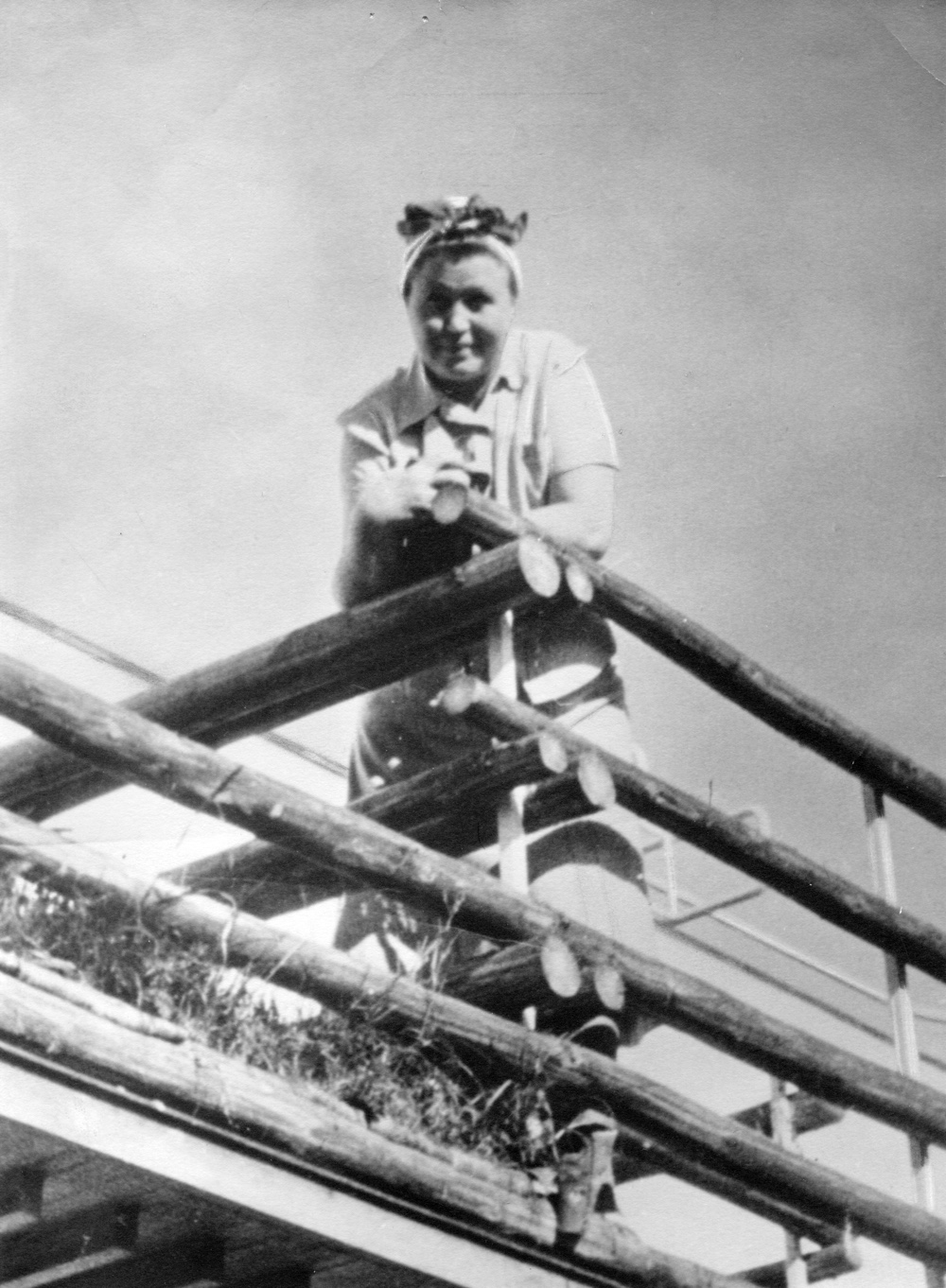Ray Power was born in Ireland in 1975 and graduated from the Dublin Institute of Technology in 1997, before moving to Spain. He has collaborated with LZF Lamps since 1998. An award-winning designer, Power’s Air, Escape, Link, New Wave and Swirl lamps for LZF have each received design accolades. Power’s latest creation for LZF is Lola, a lamp that showcases his ability to create imaginative three-dimensional forms. A conical lamp with an intricate geometric pattern, Lola is a veritable labour of love,‘her’shape going through many iterations, drawings and prototypes. A particularly piquant Spanish name, Lola is very much alive, sensuous and intriguing.
A Q&A with Ray Power
You’re a long-time collaborator with LZF. Tell me about your relationship with the brand—what does LZF mean to you?
I’m very fortunate to have known Mariví Calvo and Sandro Tothill [LZF’s co-founders] for a number of years, which helps me understand what they’re looking for: what they particularly like and what they need from a design perspective. It’s relaxing when we meet to talk about new work—like meeting up with old friends. And this very much helps with the creative process.
What advice do you have for designers interested in collaborative partnership working generally?
I believe designers should be able to work with the materials in question, creating prototypes and seeking feedback from their clients, then moving forward to a definitive design. If the designer can get involved in the production process, they will have more input and control too.
It’s important to know how to prototype. In my approach to design, I will make a lot of prototypes of an object—I can’t simply leave it at the drawing stage. I want to experiment with the materials before realising the actual, definitive design. By getting to know and understand the people in a collaboration, a designer is better able to offer them ideas that fit with their philosophy.
Your most recent design for LZF is Lola, an especially piquant light. I’m curious about the design process—how did Lola come about?
Occasionally a design comes to a mature, ‘finished’ stage fairly quickly, but with Lola’s design it took us quite some time to get it just right. I began by experimenting with forms and compositions. The textural pattern of the Lola shade was just one part of the experimental phase, but visually it was extremely attractive. As a consequence we kept working on the lamp’s form, making it bigger, smaller, wider et cetera. Eventually we arrived at the result you see today. In essence it was a lot of trial and error.
Your trademark style is based around geometry and you’ve a wonderful ability to create imaginative three-dimensional forms. Could you say more about your creative process?
I’m constantly looking at, searching for and experimenting with new ideas and compositions: there are a lot of ideas that don’t make it too far. I want my work to be stimulating, to have a chance and be well received. In order to ensure the design is good, I make myself the first filter that it needs to get through. And to do this, I have to be objective about the work, asking myself honestly if it really is a good design? If it’s not good enough yet, well it’s not the end of the world—I keep the idea for future work.
You were born in Ireland and graduated from the Dublin Institute of Technology (now part of the Technological University Dublin); you later moved to Spain. What are your thoughts on Spanish design and its place in the wider design world?
Oh I couldn’t say. I keep a very low profile. 🙂



















